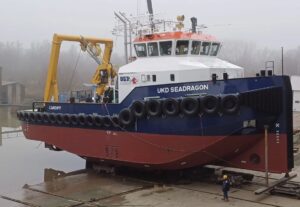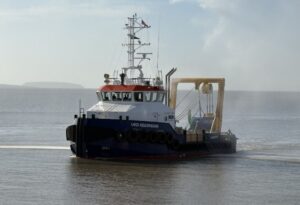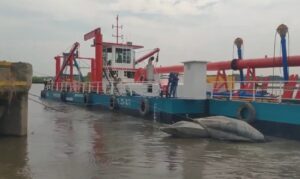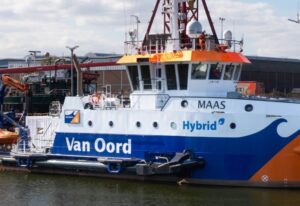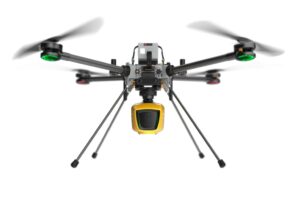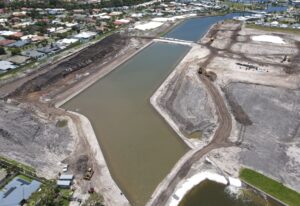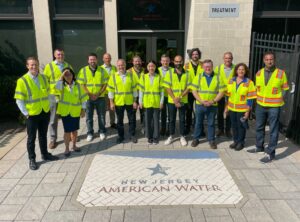EOMAP, Landgate Launch New Water Quality Monitoring Tools
German and Australian scientists today launched state-of-the-art water quality monitoring tools that will enable anyone in the world to zoom in on what is stirring up under the surface of Australian waters.
Aquatic remote sensing company EOMAP teamed up with Western Australian statutory authority Landgate to deliver these unique products. “The fusion of EOMAP’s science and experience together with Landgate’s infrastructure and know-how means that we now can deliver the best possible water quality information from satellite imagery, in near real time, for all Australian waters,” said Dr Thomas Heege, CEO of EOMAP.
The products measure visibility, turbidity and chlorophyll concentrations in the water column. The result is high quality digital maps that are continuously updated as these parameters vary across the oceans and coastal waters. The tools also have the amazing ability to go back in time as far as 2001, meaning that it is possible to compare the current water column environment with baseline measurements from the past.
“As an example, this becomes important when using these tools to monitor dredging and dumping plumes. Perceived change can be compared against objective, quantitative historical data of natural variability, providing a balanced assessment of real change,” said Dr Magnus Wettle, EOMAP Australasian manager.
Other examples of product application include identifying algal blooms, tracking sediment plumes from rivers, and, for divers, seeing if the water is clear both for diving as well as the return trip home.
 In addition to this, EOMAP have also developed a web app for public use. “Our free ‘eoApp Australia’ is an online data visualiser which enables anyone with a web browser to view these water quality parameters in two important areas: Abbot Point and the neighbouring Great Barrier Reef, as well as Barrow Island and the nearby Ningaloo reef,” said Karin Schenk, head of EOMAP’s Water Quality Group.
In addition to this, EOMAP have also developed a web app for public use. “Our free ‘eoApp Australia’ is an online data visualiser which enables anyone with a web browser to view these water quality parameters in two important areas: Abbot Point and the neighbouring Great Barrier Reef, as well as Barrow Island and the nearby Ningaloo reef,” said Karin Schenk, head of EOMAP’s Water Quality Group.
The monitoring is at regional through to continental scales, featuring imagery with pixel resolutions of 250m or 500m as standard. Map products with higher spatial resolutions of 30 m and even 2 m pixels are also available.
“We also have the capability to seamlessly integrate several new satellites that are coming online soon. This will give even better temporal and spatial resolution,” added Dr. Heege. “The reason we can integrate these very easily is because the proprietary EOMAP algorithms are sensor-independent, and Landgate’s systems are already proven as both robust and scalable.”
[mappress]
Press Release, July 22, 2014


